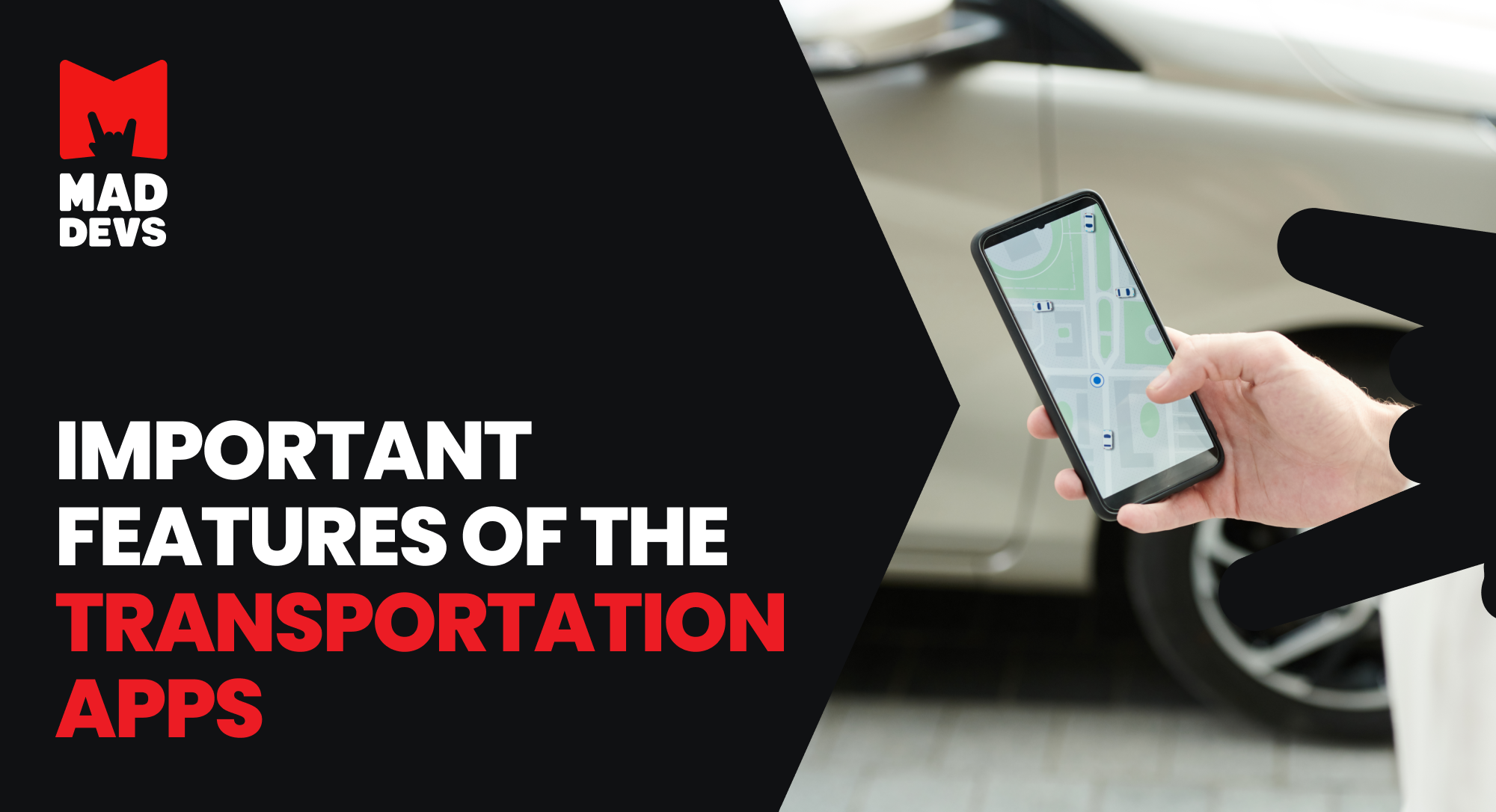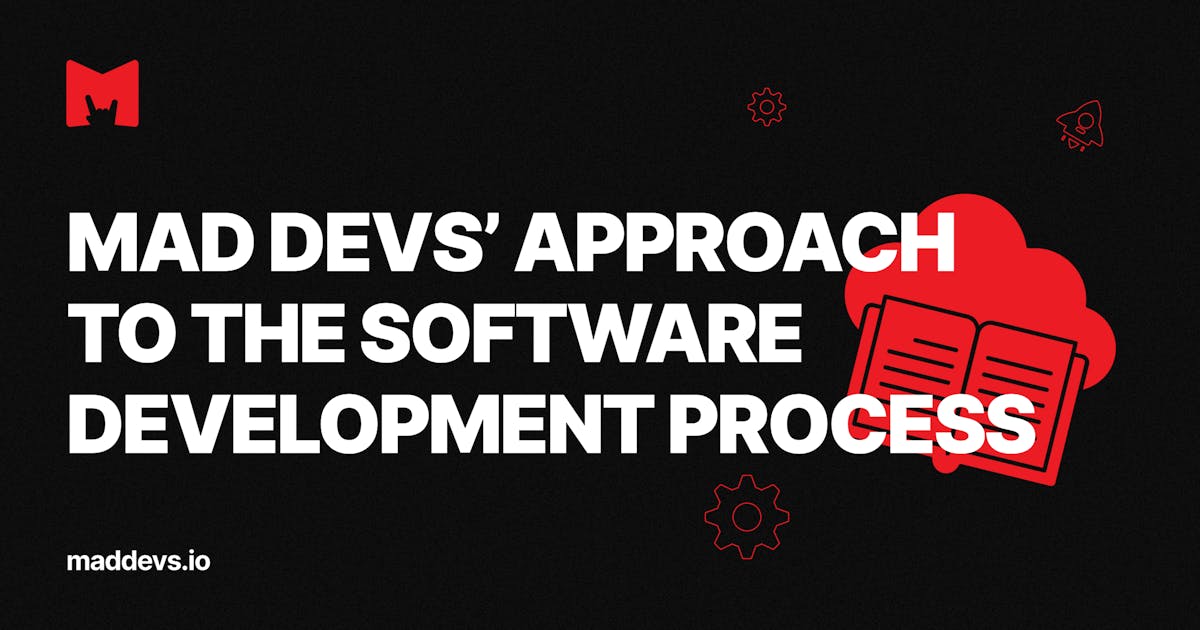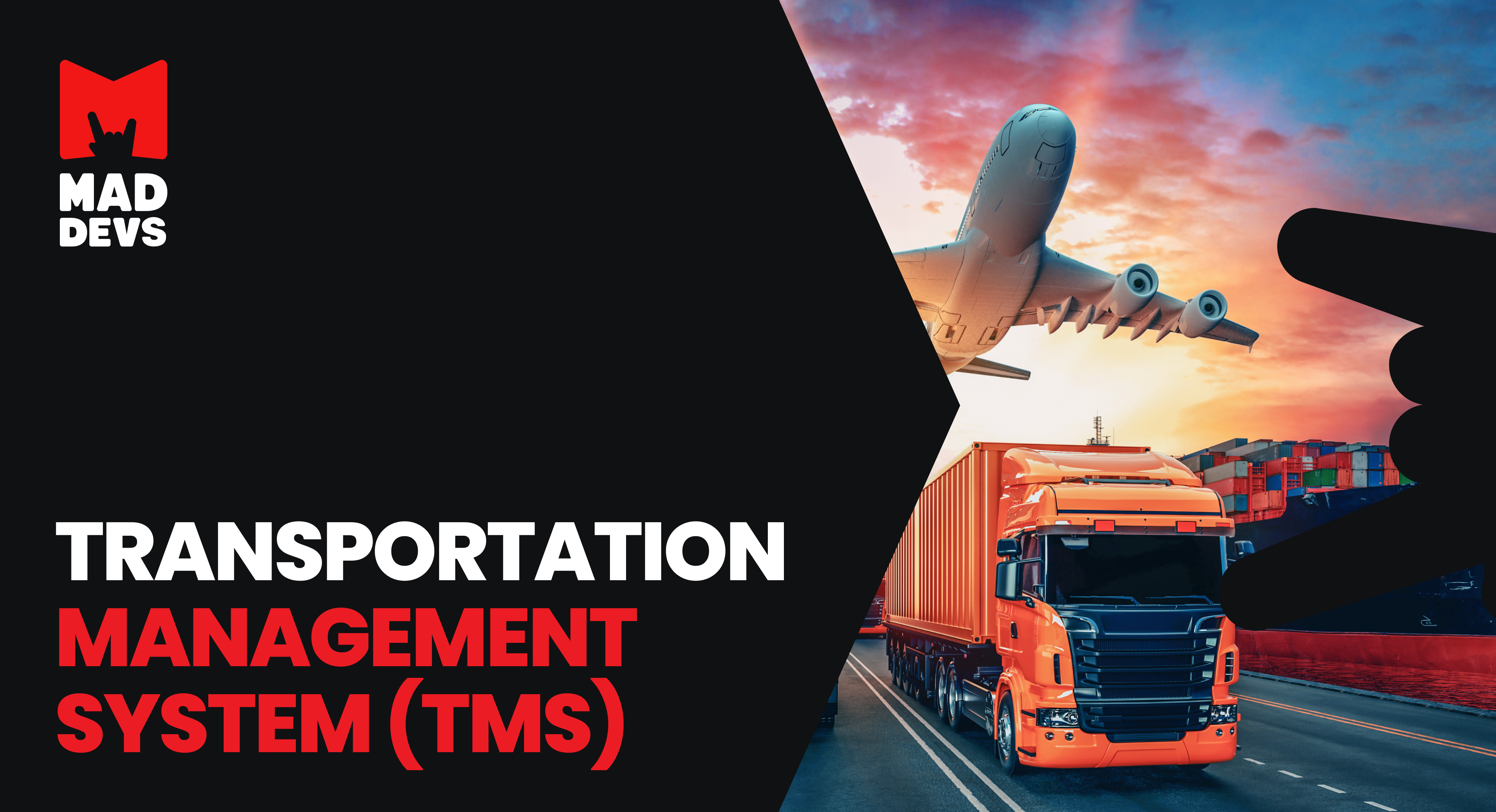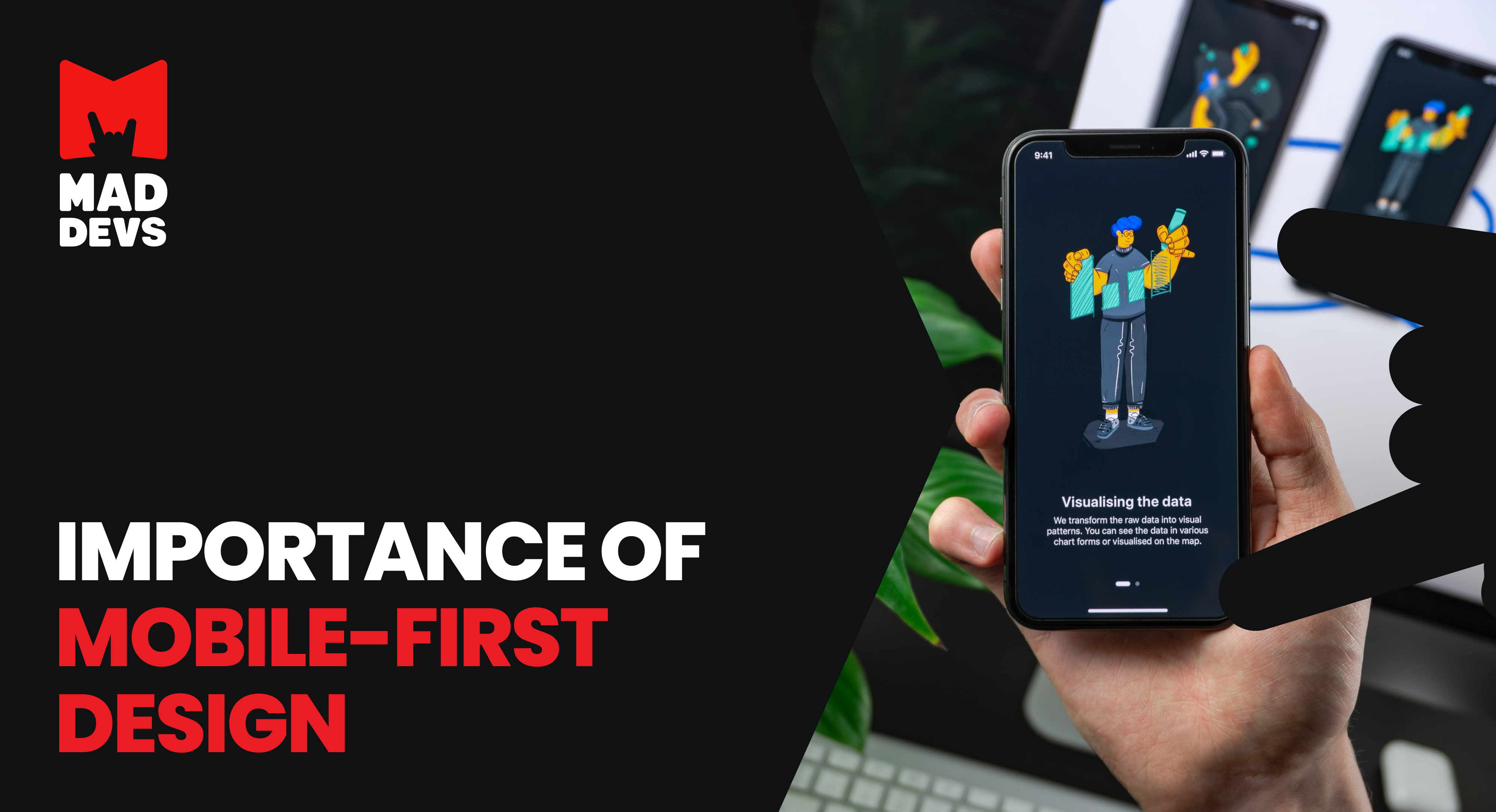Technology has become the norm in today's world, and it has affected every aspect of our lives. However, in today's world, most of the time, people are not able to do the work of keeping track of all the details related to the transport industry. So, the best way to avoid this is by developing a mobile app that will allow you to do the job round the clock. This app will allow you to manage various tasks such as connecting users and locations, vehicle tracking, and fleet management. In order to develop a successful mobile transport app, you need the right technology stack for implementation. By brilliantly adopting and adapting to the newest technical standards, you increase the chance of your mobile app getting recognition among the competitors.
Pre-development stage of creating transport app
Before you start working on your app, there are some details related to your projects you should gather:
- Create a business model that contains all information to your project
- Research and analyze your target audience
- Define your project goals
- Define essential features and general requirements
- Choose the platform or operating system you want your app on
- Determine budget and timelines
- Don't forget about data safety and general security
Only after that, you can start the developing phase.
Let's consider any taxi app. Basically, it includes two different models that serve different purposes. We have a Request a ride application and Driver application. Also, they are linked together through an admin panel. Here are general features that your application should have:
Features of request a ride app:
- Registration option
- Booking
- Push notifications
- Messaging
- Ride tracking
- Payment method
- Feedback and Customer support
Features of driver app:
- Driver profile
- Ride alert
- Route optimization
- Push notifications
- Messaging and calling
- Reports on orders, earnings, kilometers
Features of admin panel:
- Driver management
- Vehicle management
- Fare management
- Billing & Invoice
- Customer Support & Feedback
You can always add additional tools that will make your application stand out and add a competitive edge.
With every functionality and feature out of the way, time to move through the transport app's developmental stage.
The development phase
It is like building your dream house. Everything starts with a solid foundation. So what is "foundation" in a mobile app case? It is a technology stack.
The tech stack is a crucial component that will play a massive role in the performance and functionality of any app. It is based on the main features and elements of the future application.
Technology stack is a combination of programming languages, frameworks, libraries, and tools used to create the desired product. Variations of which are available in a huge number: Python, Go, Ruby, JavaScript, Java, etc. And these are just programming languages.
A complete tech stack can be split into two main areas – the front-end and the back-end. These two areas are typically referred to as client-side or server-side applications. Also, Android and iOS operating systems are structurally different from one another. They have their own style of technology stacks. And there should be mentioned cross-platform apps. They have become more and more popular since they are well supported by both operating systems. The app uses the same interface and UX for the two main operating systems.
For example, Mad Devs helped GoDee with developing feature-rich app-based software to re-invent public mobility by building new smart ways of a daily commute. In application development we used the Python programming language and cross-platform operating system.
There are no strict guidelines here. After all, your tech stack must be configured for the solution you want. That’s why you needed the pre-development phase.
But there are basic development insights that will help you make the process of working on a mobile transport application easier.
Pay attention to the following features:
GPRS and routing
Location is the most important function that your app should have. The routing and locating process can be quick and easy, but it is not as simple as it seems. There are multiple layers of architecture that make it work seamlessly. In order to get around the various features of the app, all you need to do is go to the navigation section of the Google Maps app. It will give you the exact directions and routes to wherever you are.
But not everything can go smoothly. If you don't have full access to Google Maps, check how we implemented Ariadna open-source geocoder by Mad Devs. It searches for coordinates by synonyms and names of places, looking for crossroads and addresses in a certain radius.
Registration and profile
Having a profile page and registration is not rare for most apps. In transport applications, it has significant benefits. You can track your drivers' activities and user base. After registration, you can provide customers with all the features and services that their app offers. A good tip will be to give your audience the option of signing in via social media or email.
For authentication and login, try to use API platforms – Nexmo or Auth0.
Notifications
Notifications are designed to keep the users engaged and coming back to the app. They can also confirm ride requests and inform them about the latest discounts, news, and special offers.
To build notification functionality, it can be used Apple Push Notification Service (APN) for iOS devices and Firebase Cloud Messaging (FCM) for Android.
Messaging and support
This feature is very useful if the app is integrated with a ride-sharing platform. The riders would be able to communicate with the customers anytime after the ride has been booked. The users must have access to managers in case of extraordinary situations with the order or payment.
What to try? Twilio is a communication APIs that allows you to connect with customers via different channels, including intelligent chatbots. The alternative can be Bandwidth with more affordable pricing but good communication API features.
Payments
The more we live, the less we use cash. Cashless payment is the key to a successful mobile app. But your transport app has to store and process card data in order to meet PCI compliance requirements. If you need a payment gateway integrated with the app, then you could consider Braintree & PayPal, Stripe, or popular E-Wallets for fast and convenient transactions.
Cloud functionality
Mobile cloud computing is a type of software that enables developers to create and deploy apps for mobile devices. Your transport app can be easily deployed and updated using cloud services. So it helps to deliver it to many different devices with different operating systems, computing tasks, and data storage.
Do you need cloud support? Try Amazon Web Support and Microsoft Azure.
And last but not least is:
UI/UX design
The UI and UX of your app are the most crucial factors that will determine the overall user experience of your product. They should also help you develop a sophisticated and user-friendly app.
Try to follow philosophy regarding app design in two words: Simple and Clean. Outstandingly easy-to-use interface will help users get used to using your app. Clean and well-designed navigation bar will also help users and drivers keep track of their locations.
General recommendations are:
- Think about user-friendly experience
- Simple navigation
- Design should be a reflection of business core values
- Features and functionalities should be intuitive
- Visuals and graphic elements should be unique and memorable
After all the features you need to know about making your own transport mobile app, be ready to hire a qualified tech team.
Tech team
Collect all the following members for a successful development. They are like the Avengers; their super power is in unity. Don't miss any of them:
- Front-end/Back-end developer
- Android /iOS engineer
- UI/UX designer
- QA engineer
- Project Manager
- Business Analyst
Final thoughts
Due to the increasing use of technology, people do not have the time to keep track of all the details of the transport industry. This is the reason why developing a mobile app is the best way to avoid this issue. Before you start working on your app, make sure that your business model and app functionality is aligned with the needs of your target audience. Doing so helps you bring innovation and the right tech stack for successful transport apps. The tech stack is a major component, a foundation of everything in mobile development. Remember, that It is strongly based on the main features and elements of an app.












